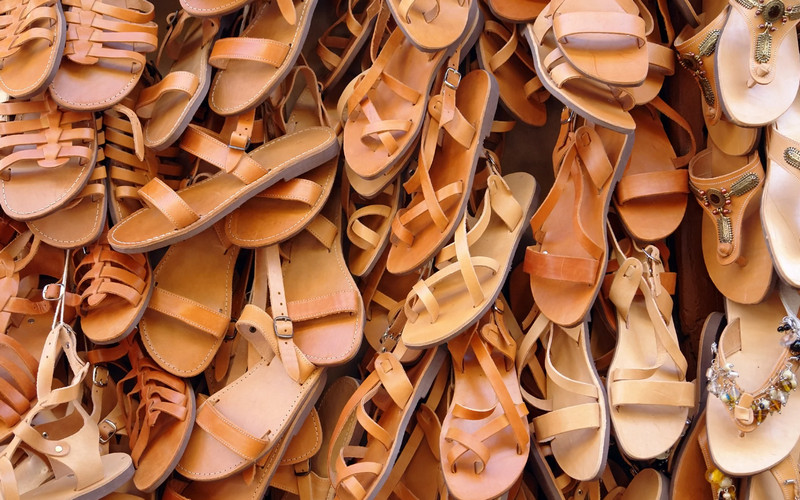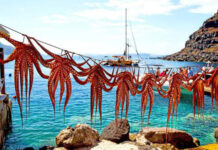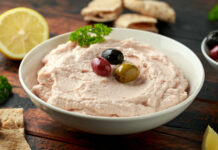Shopping in the Greek islands can be an entertaining pastime, especially when you buy directly from the producers. This is often the case in smaller villages, where crafts represent the main source of income. Embroiderers and lacemakers can often be seen sitting outside their houses and potters can be found in their workshops. Apart from these industries, and the food and drink products that are produced locally, all other goods are imported to the islands which make them more expensive.
Most towns in the Greek islands have their weekly street market (laiki agora), a colorful jumble of the freshest and best value fruit and vegetables, herbs, fish, meat and poultry, etc. In larger towns, the street markets are in a different neighborhood each day, usually opening early and packing up by about 1:30 pm, in time for an afternoon siesta. Prices are generally lower than in supermarkets and a certain amount of bargaining is also acceptable.
Culinary delights that you should try in the Greek islands are honey, pistachios, olives, herbs, and spices. Good cheeses include the salty feta and the sweet anthotyro from Crete; for something sugary, try numerous pastries and biscuits (cookies) of the zacharoplasteio. Greece is also well known for several of its wines and spirits. These include brandy, ouzo, (an aniseed- flavoured spirit), retsina which is a resinated wine and from Crete, a very strong alcohol called raki.

Traditional handcrafts, though not particularly cheap, do offer the most genuine Greek souvenirs. You can choose from fine gold reproductions of ancient Minoan pendants to rustic pots, wooden spoons, and handmade leather sandals. Leatherwork is particularly noted on the island of Crete where the town of Chania hosts a huge leather market. Among the islands renowned for their ceramics are Crete, Lesvos, and Sifnos. Many villages throughout the Greek islands produce brightly colored embroidery (kentia) and wallhangings, which are often hung out for sale. You may also see thick flokati rugs. They are handwoven from sheep or goat’s wool but you will more likely find them in the mountainous regions of mainland Greece rather than on the islands. In the smaller island communities, crafts are often family businesses that earn the entire family a large part of its annual income during the summer. There is usually room for some bargaining when buying from the villagers.







